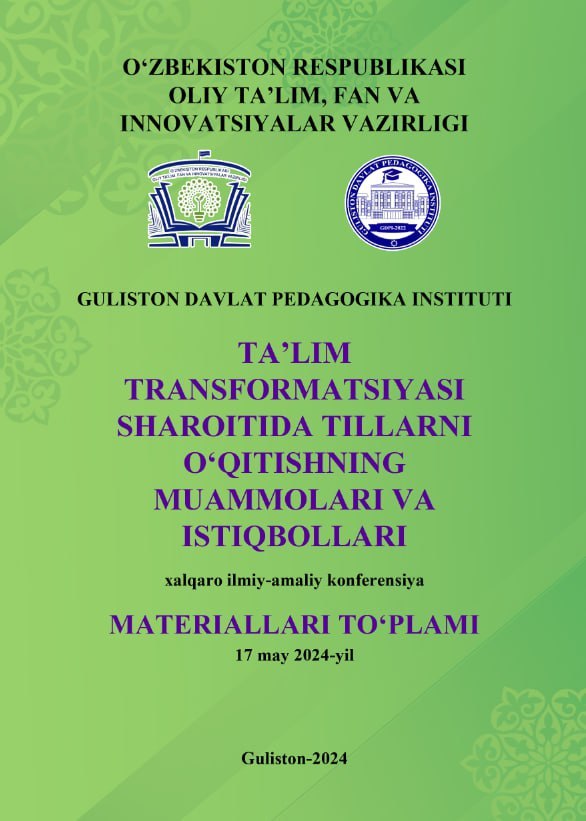INVESTIGATING TECHNIQUES TO TEACH SPEAKING SKILLS IN EFL CLASSROOM WITH SPECIAL EMPHASIS ON THINKING IN ENGLISH AS A NEW TECHNIQUE
Keywords:
Thinking in English, Spoken English, ESL, Teaching Speaking skills, Speaking skills.Abstract
One prominent challenge almost every ESL/EFL learners encounter is speaking fluently, naturally and effortlessly. This paper proposes “Thinking in English" as a novel technique to address this challenge and improve spoken English proficiency among ESL/EFL learners. Drawing on established concepts in ELT, including approaches, methodologies, and techniques this paper focuses on introducing “Thinking in English”. There are four distinct modalities of practicing "Thinking in English" such as day planner, day recap, rehearsal, and observation, each offering unique benefits for language learners. While "Thinking in English" offers numerous advantages, including improved fluency, enhanced vocabulary acquisition, and increased confidence in speaking, it also presents challenges such as the neglect of spelling and grammar, the need for persistence and regular practice, and limitations in academic and professional vocabulary acquisition. Despite these challenges, "Thinking in English" holds significance as a transformative technique to facilitate language acquisition and foster natural fluency in spoken English. As a relatively new concept in ELT, further research and exploration are warranted to fully understand its efficacy and potential impact on language learning and teaching.
References
Gass, S. M., & Selinker, L. (2008). Second Language Acquisition: An Introductory Course (3rd ed.). Routledge.
Richards, J. C., & Rodgers, T. S. (2014). Approaches and Methods in Language Teaching. Cambridge University Press.
Kumaravadivelu, B. (2006). Understanding Language Teaching: From Method to Postmethod. Lawrence Erlbaum Associates.
Harmer, J. (2015). The Practice of English Language Teaching. Pearson Education Limited.
Nunan, D. (2015). Teaching English to speakers of other languages: An introduction. Routledge.
Richards, J. C., & Rodgers, T. S. (2014). Approaches and Methods in Language Teaching. Cambridge University Press.
Larsen-Freeman, D., & Anderson, M. (2011). Techniques & Principles in Language Teaching (3rd ed.). Oxford University Press.
Brown, H. D. (2007). Principles of Language Learning and Teaching (5th ed.). Pearson Education.
Richards, J. C., & Rodgers, T. S. (2014). Approaches and Methods in Language Teaching. Cambridge University Press.
Nunan, D. (2004). Task-Based Language Teaching. Cambridge University Press.
Reference: Snow, M. A., & Brinton, D. M. (1988). Content-Based Instruction. Newbury House Publishers.
Reference: Asher, J. J. (1982). Learning Another Language Through Actions: The Complete Teacher's Guidebook (6th ed.). Sky Oaks Productions
Lozanov, G. (1979). Suggestology and Outlines of Suggestopedy. Gordon and Breach Science Publishers.
Muciaccia, John B. (2011), Thinking in English: A New Perspective on Teaching ESL, Rowman & Littlefield Education
R. E. (2020, January 7). How to THINK in English; No More Translating in Your Head! YouTube. https://www.youtube.com/watch?v=SJOnhWiJArM
Annexes
https://thinkinginenglish.blog
https://youtu.be/SJOnhWiJArM?si=cQ_M78kwoDrl1XEO (
https://learningenglish.voanews.com/a/train-your-mind-to-think-in-english/5023664.html
https://promova.com/blog/how-to-think-in-english
https://ihcairoeg.com/online-learning/think-in-english/
https://keithspeakingacademy.com/think-in-english-stop-translating-ielts-speaking/


